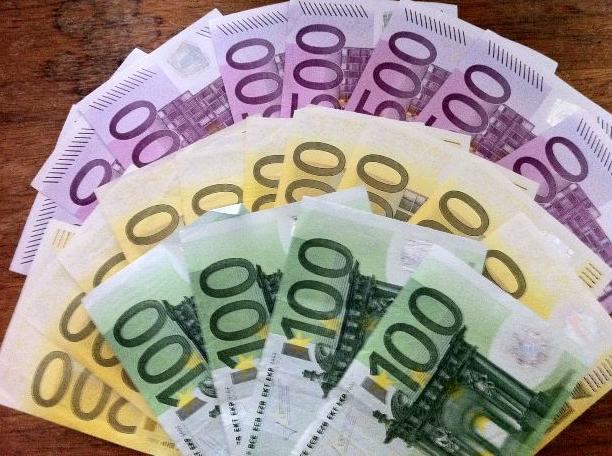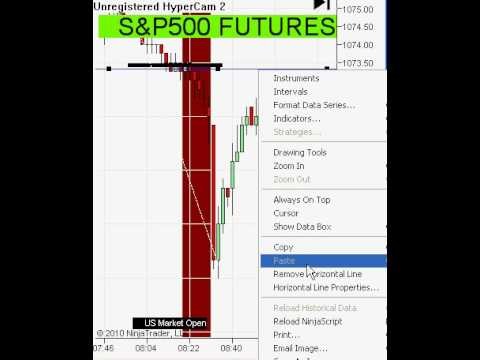Exploring NonDollar Currencies For Forex Trading_3
Post on: 19 Апрель, 2015 No Comment

Virtually any tradable currency can be traded against any other in the Forex market. There are some countries which restrict currencies and do not allow foreigners to buy their currencies. For the most part, as long as there is someone willing to make a price, you can trade whatever you like. One word of caution though, not only can the spreads be hundreds of points wide (yes hundreds), some countries are very unstable and you risk losing more than your original deposit.
Here are some of the more commonly traded currencies. Most every company will offer these as part of their pairs.
Most commonly traded currencies:
The US Dollar
The United States Dollar is the universal measure that is used to evaluate all other currencies traded in the Forex marketplace. All currencies are generally quoted in US Dollars. The US Dollar became the leading currency toward the end of World War II due to the Breton Woods Agreement, as the other currencies were virtually tied to it.
The introduction of the Euro, in 1999, reduced the Dollar’s importance, but only marginally. The other major currencies traded against the US Dollar are the Euro, Japanese Yen, British Pound, and Swiss Franc.
The Euro
The Euro was designed to become the premier currency in trading by simply being quoted in American terms. Like the US Dollar, the Euro has a strong international presence stemming from members of the European Monetary Union. The currency remains plagued by unequal growth, high unemployment, and government resistance to structural changes. The pair was also weighed upon in 1999 and 2000, by outflows from foreign investors, particularly Japanese, who were forced to liquidate their losing investments in Euro-denominated assets. Moreover, European money managers rebalanced their portfolios and reduced their Euro exposure as their needs for hedging currency risk in Europe declined.
The Japanese Yen
The Japanese Yen is the third most traded currency in the world; it has a much smaller international presence than the US Dollar or the Euro. The Yen is very liquid around the world, practically around the clock. The natural demand to trade the Yen is concentrated mostly among the Japanese keiretsu, the economic and financial conglomerates. The Yen is much more sensitive to the fortunes of the Nikkei Index, the Japanese stock market, and the real estate market.
The British Pound
Until the end of World War II, the Pound was the currency of reference. The currency is heavily traded against the Euro and the US Dollar, but has a spotty presence against other currencies. Prior to the introduction of the Euro, the Pound benefited from any doubts about the currency convergence. Since the introduction of the Euro, the Bank of England has attempted to bring the high UK rates closer to the lower rates in the Euro zone.
The Swiss Franc
The Swiss Franc is the only currency of a major European country that belongs neither to the European Monetary Union nor to the G-7 countries.
Although the Swiss economy is relatively small, the Swiss Franc is one of the major world currencies. The Swiss Franc closely follows the Swiss economy, and the overall strength of its financial institutions. Switzerland has a very close economic relationship with Germany, and thus to the Euro zone. When there is political instability in the world, or sudden significant global crisis, the Swiss Franc is the safe haven currency, favored by traders due to its neutral safe history.
Typically, it is believed that the Swiss Franc is a stable currency. Actually, from a foreign exchange point of view, the Swiss Franc closely resembles the patterns of the Euro, but lacks its liquidity. As the demand for it exceeds supply, the Swiss Franc can be more volatile than the Euro.
The Australian Dollar

The Australian Dollar is much less traded than the five above, but AUD/USD is still considered a good pair to trade. It is traded against the Japanese Yen as well, though not very much. As with all currencies, you can calculate what the exchange rate would be against virtually any tradable currency.
The Aussie, as it is usually referred to, is a good currency to watch as it is closely tied to commodities prices. It is also relatively easy to predict when events happen in Asia, since its trade is so closely related to Asia.
The Canadian Dollar
The Canadian economy is closely tied to the US economy (for obvious reasons), so the USD/CAD currency pair is usually dependent on topics that connect the two countries, such as trade numbers, economic stability, interest rates, etc. USD/CAD is not as liquid outside of US trading hours, and is virtually non-existent during Asia hours.
Lesser Traded Currencies
- The New Zealand Dollar — The New Zealand Dollar closely shadows the Aussie, as they are close both geographically and economically.
- Swedish Krona
- Danish Krone (The Scandies)
- Norwegian Krone
- Singapore Dollar
- Mexican Peso
More Exotic Currencies
Here are some currencies that can be traded, but should be done so cautiously (it is not a complete list):
- Argentinian Peso
- Bahraini Dinar
- Brazilian Real
- Chilean Peso
- Colombian Peso
- Croatian Kuna
- Czech Krona
- Cypriot Pound
- Egyptian Pound
- Estonian Kroon
- Hong Kong Dollar
- Hungarian Florint
- Iceland Krona
- Lithuanian Litas
- Maltese Lira
- Polish Zloty
- Philippine Peso
- South African Rand
- Slovenian Tolar
- Saudi Arabian Riyal
- Thai Baht














